The Philadelphia Wireman sculptures were found abandoned in an alley off Philadelphia’s South Street on trash night in the late 1970s. Their discovery in a rapidly-changing neighborhood undergoing extensive renovation, compounded with the failure of all attempts to locate the artist, suggests that the works may have been discarded after the maker’s death. The entire collection totals approximately 1200 pieces (and a few small, abstract marker drawings, reminiscent both of Mark Tobey and J.B. Murry) and appears to be the creation of one artist. The dense construction of the work, despite a modest range of scale and materials, is singularly obsessive and disciplined in design: a wire armature or exoskeleton firmly binds a bricolage of found objects, including plastic, glass, food packaging, umbrella parts, tape, rubber, batteries, pens, leather, reflectors, nuts and bolts, nails, foil, coins, toys, watches, eyeglasses, tools, and jewelry.
Heavy with associations — anthropomorphic, zoomorphic, and socio-cultural — to wrapped detritus, the totemic sculptures by Philadelphia Wireman have been discussed in the context of work created to fulfill the shamanistic needs of alternative religions in American culture. Curators, collectors, and critics have variously compared certain pieces to Classical antiquity sculptures, Native American medicine bundles, African-American memory jugs, and African fetish objects. Reflecting the artist’s prolific and incredibly focused scavenging impulse, and despite — or perhaps enhanced by — their anonymity, these enigmatic objects function as urban artifacts and arbiters of power, though their origin and purpose is unknown. Philadelphia Wireman, whatever his identity, possessed an astonishing ability to isolate and communicate the concepts of power and energy through the selection and transformation of ordinary materials. Over the course of the past two decades, this collection has come to be regarded as an important discovery in the field of self-taught and vernacular art.
Philadelphia Wireman has shown nationally and internationally at venues including Robert Heald Gallery, Wellington, New Zealand; World Food Books, Melbourne, Australia; Galleria Fonti, Naples, Italy; OV Project, Brussels, Belgium; Croy Nielsen, Berlin, Germany; Matthew Marks, James Cohan, Marlborough Gallery, Maccarone, and the American Folk Art Museum (all in New York, NY); and Richard Telles, Los Angeles, among many others. Philadelphia Wireman is included in the following public collections: Akron Art Museum, Akron, OH; the American Folk Art Museum, New York, NY; Newark Museum, Newark, NJ; and the Smithsonian American Art Museum, Washington, D.C.
(group)
Andrew Kreps
New York, NY
Jun 30–Aug 12, 2022
Curated by Alex Glauber
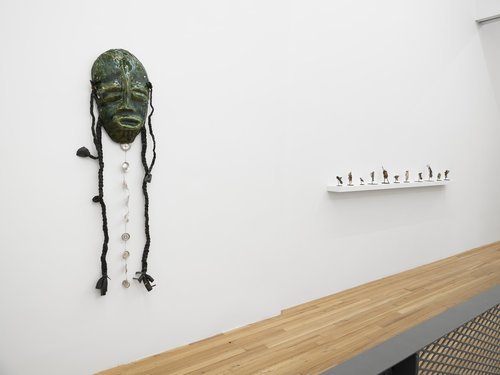
Philadelphia Wireman
(group)
Curated by William Pym
Herald St
London, UK
Apr 6–May 7, 2022
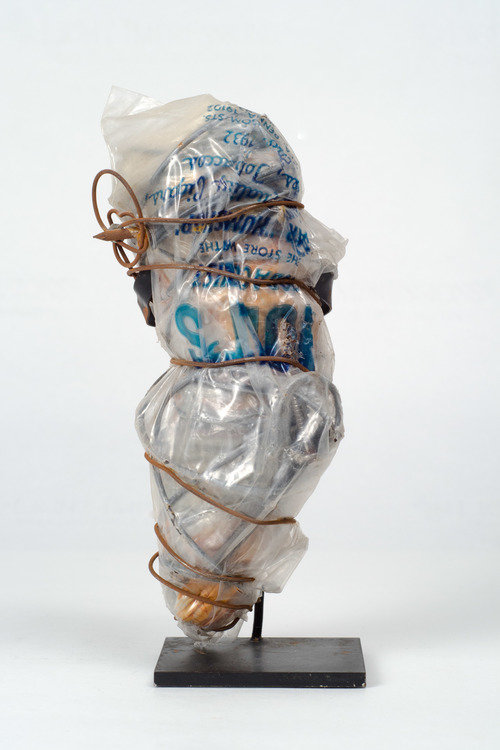
(group)
JTT
New York, NY
Mar 19–Apr 24, 2021
In collaboration with Adams and Ollman and Fleisher/Ollman
James Castle
Felipe Jesus Consalvos
William Edmondson
Lee Godie
William Hawkins
Philadelphia Wireman
Eugene Von Bruenchenhein
Bill Walton
Joseph Yoakum
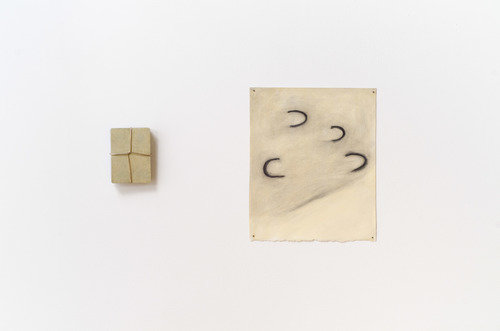
Works by Felipe Jesus Consalvos and Philadelphia Wireman, and a Memory Jug from Fleisher/Ollman’s collection are included in White Columns’ annual benefit auction.
Silent auction: May 18–29
Live auction: Wednesday, May 29, 6:30pm
White Columns
91 Horatio St, New York, NY
Information
Tickets available here.
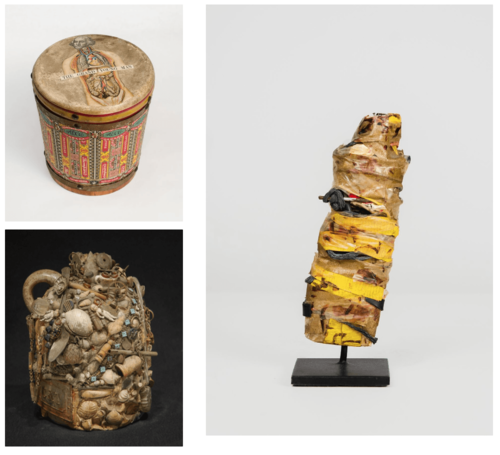
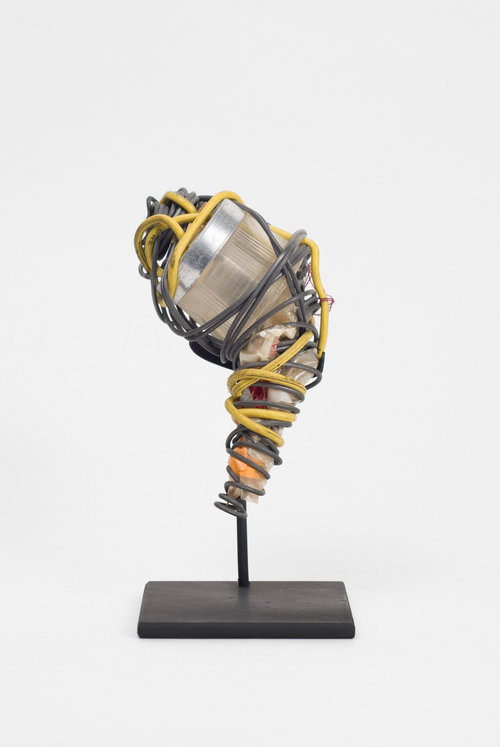
The annual White Columns benefit includes works by Felipe Jesus Consalvos, Julian Martin (donated by Arts Project Australia), Philadelphia Wireman, and Jayson Musson.
Friday, June 22, 2018, 7pm

Gallery artists Bill Walton, Felipe Jesus Consalvos and the Philadelphia Wireman are included in:
THE MEDICINE BAG
MACCARONE GALLERY
630 Greenwich Street
New York, NY 10014
July 9 - August 13, 2011
Artists Include:
Carol Bove
John Chamberlain
Felipe Jesus Consalvos
Ann Craven
Jess
Joseph Cornell
Lee Godie
Eli Hansen
Charles Harlan
Sheila Hicks
Paul Lee
Philadelphia Wireman
Oscar Tuazon
Bill Walton
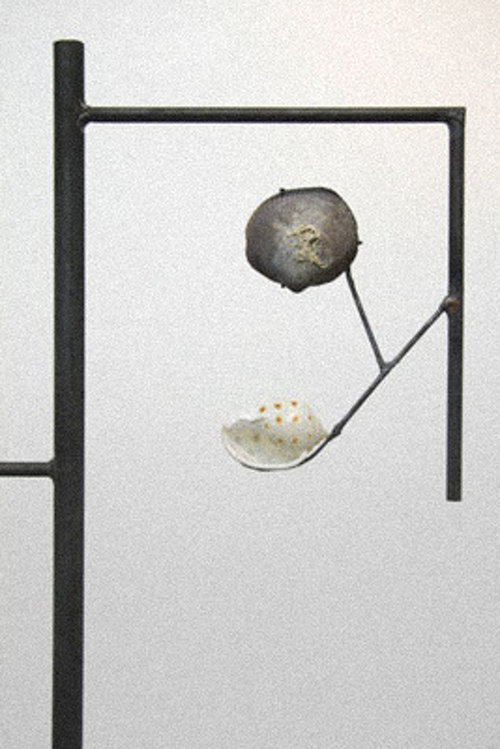
David Ebony of Art in America has named Fleisher/Ollman Gallery one of the ten best booths at this year's Armory Show Modern.
Ebony writes: "It would be difficult to find a better example of Ed Paschke's work than the 1970 painting of a figure playing an accordion on view here. Corresponding with canvases by Christina Ramberg, whose figurative abstraction closely relate to those of the Chicago Imagists, it was the centerpiece of a booth containing sculpture by William Edmondson and the Philadelphia Wireman. Recent works by young artists, such as the team of Steven and Billy Blaise Dufala, more than held their own here. Known for focusing on environmental issues in their works, the brothers showed large watercolors of the floating islands of plastic bottles and other refuse that litter the oceans, as well as a peculiar, jerry-built machine sculpture that resembles a yellow power saw."
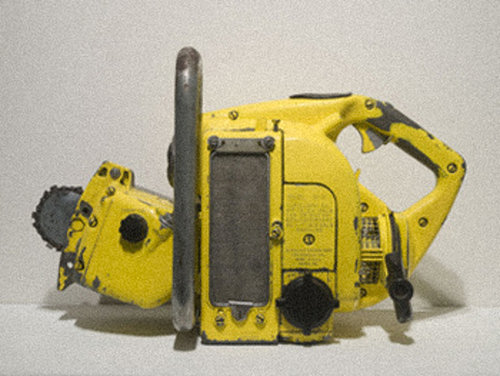
It has been a brisk and very satisfying 2006 for the Philadelphia Wireman, a singular enigma whose charged, history-filled icons have been exhibited at Fleisher/Ollman Gallery since their discovery in 1982. Following a collaboration with Matthew Marks Gallery's pocket space this past spring, spring 2007 will bring Wireman exhibitions to the Cornell Fine Arts Museum in Winter Park, Florida and the Oernskoldsviks Museum in Northern Sweden. Full details to appear on the artist page. We have also recently reacquired one of the Wireman masterworks, a piece with the size and animation of a human lung. Do come see it in the gallery.
